Treasures of the Moscow Metro: 4 Green Line stations you shouldn’t miss
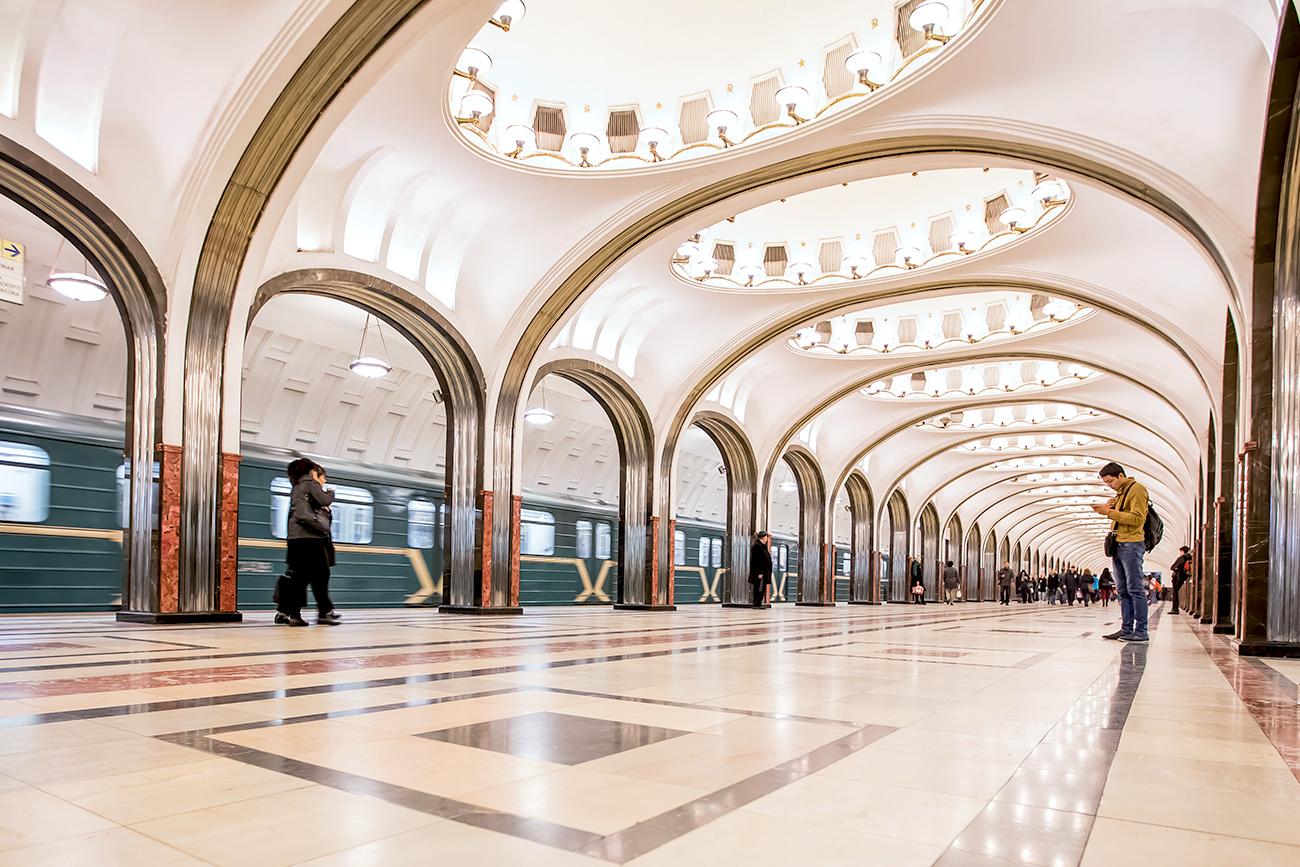
Mayakovskaya Metro Station.
Vostock-Photo Mayakovskaya Metro Station / Vostock-Photo
Mayakovskaya Metro Station / Vostock-Photo
Several of the stations on the Green Line of the Moscow Metro provide shockingly beautiful examples of design in the Stalinist Empire style. With their Roman mosaics, bronze medallions, marble columns and gold-leaf decorations, these stations are the pride of the Moscow Metro, which is often referred to as the largest "underground museum" in the world.
Today, the Green Line, also called the Zamoskvoretskaya Line, includes 22 stations with exits leading, among other places, to the Kremlin, Red Square, the main building of the Tretyakov Gallery and the Belorussky Railway Station. The most magnificent of these stations were built during the mid-1930s and early 1940s. They represent the might of the Soviet people and glorify the labor of workers and peasants. RBTH will tell you about four of these stations that are definitely worth a stop.
Dinamo
 Dinamo / Nikolai Galkin/TASS
Dinamo / Nikolai Galkin/TASS
One of the USSR's main objectives was to foster a nation of healthy citizens capable of rebuilding factories and reviving agriculture. As a result of this focus on health, sports became one of the main themes used in the decor of the Dinamo station. It was named after the city’s biggest stadium and was built in 1928 in the Constructivist tradition.
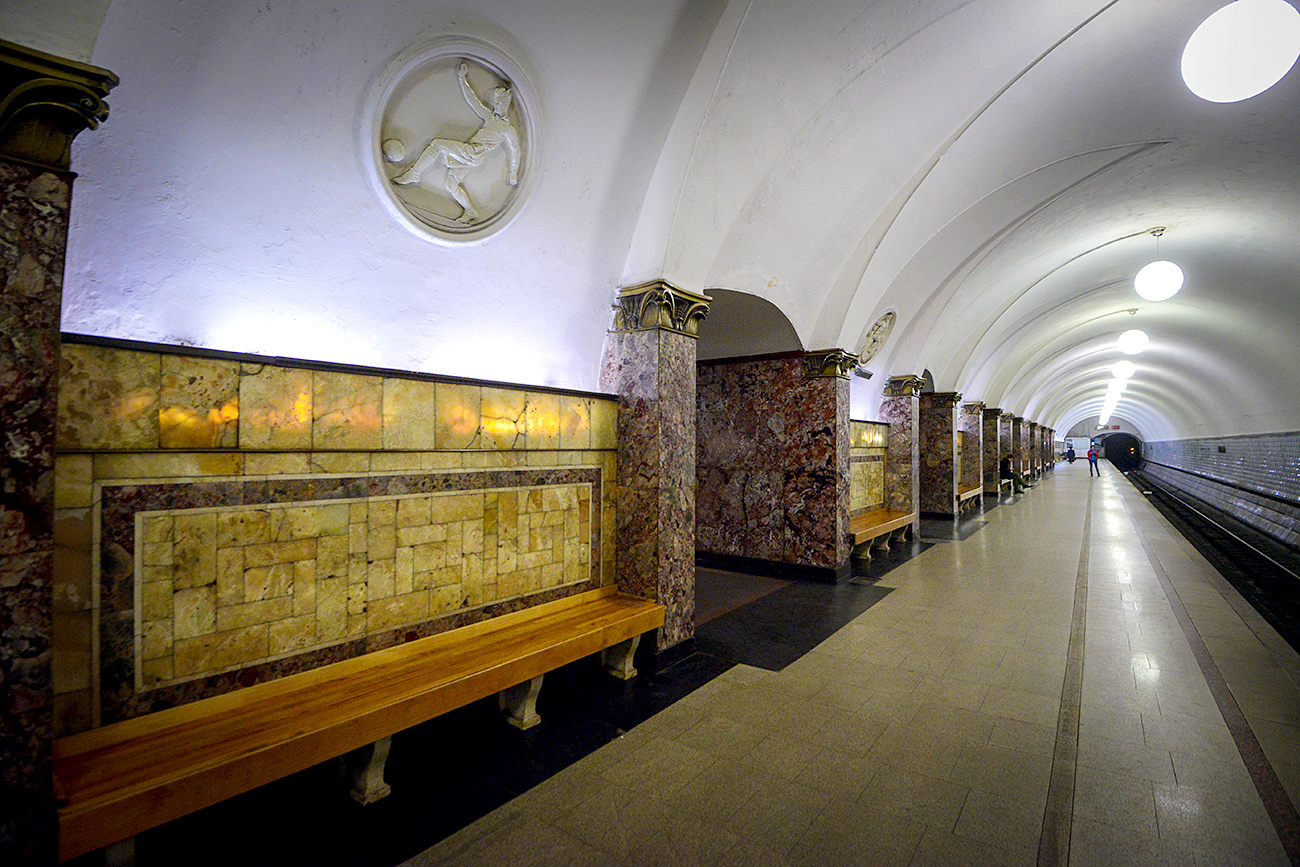 Dinamo / Nikolai Galkin/TASS
Dinamo / Nikolai Galkin/TASS
The design of the station’s above-ground pavilion was built in the Neoclassical style as an homage to Ancient Greece, the birthplace of the Olympic Games. Marble Corinthian columns are decorated with friezes and bas-reliefs depicting sports and competitions.
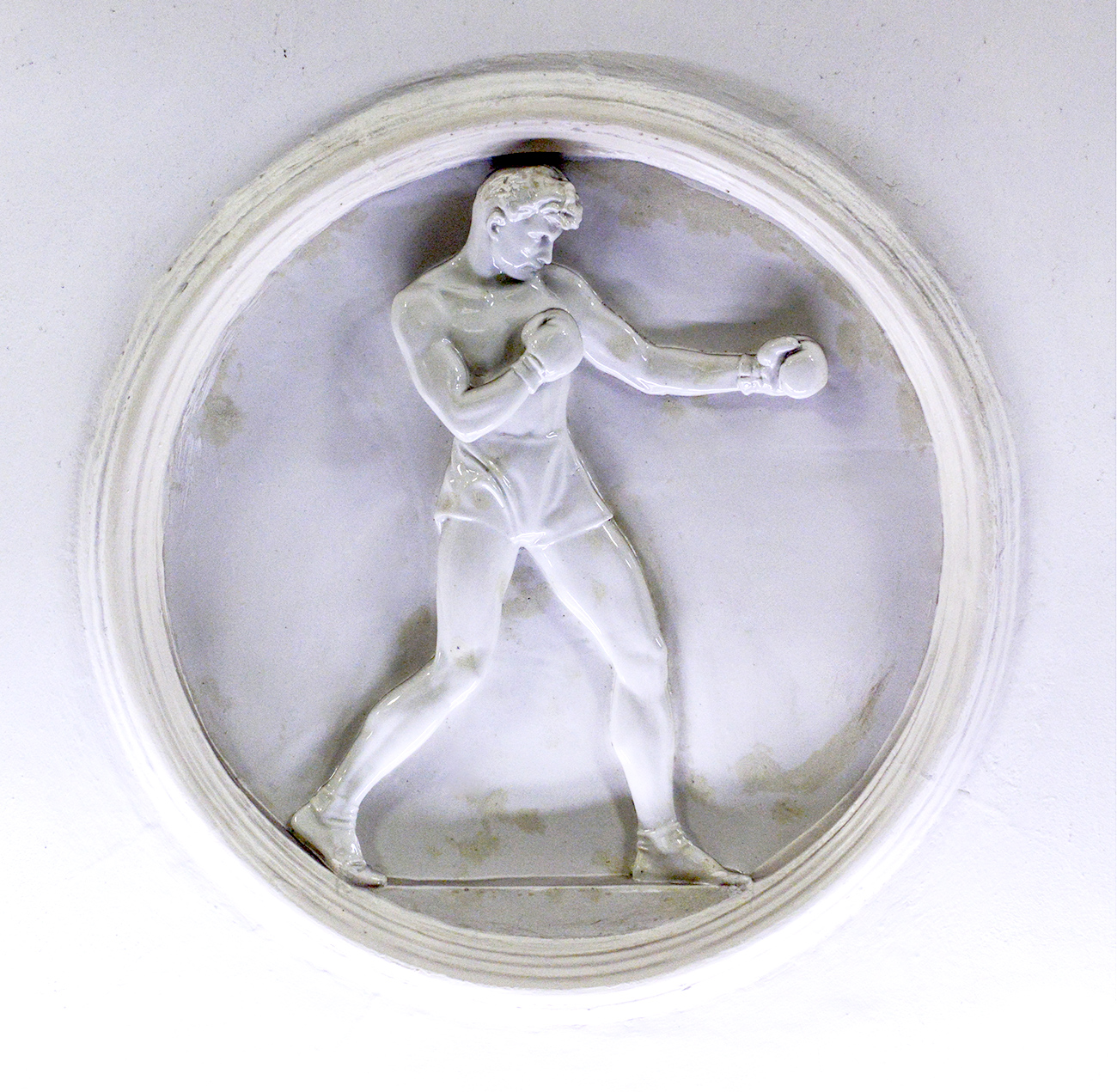 Porcelain medallion at Dinamo metro station / Nikolai Galkin/TASS
Porcelain medallion at Dinamo metro station / Nikolai Galkin/TASS
Underground, the decor is more restrained and includes seven types of marble. Decorating the walls are porcelain medallions that show scenes featuring different types of athletes. They were made according to the sketches of the renowned sculptor Elena Janson-Manizer.
Mayakovskaya
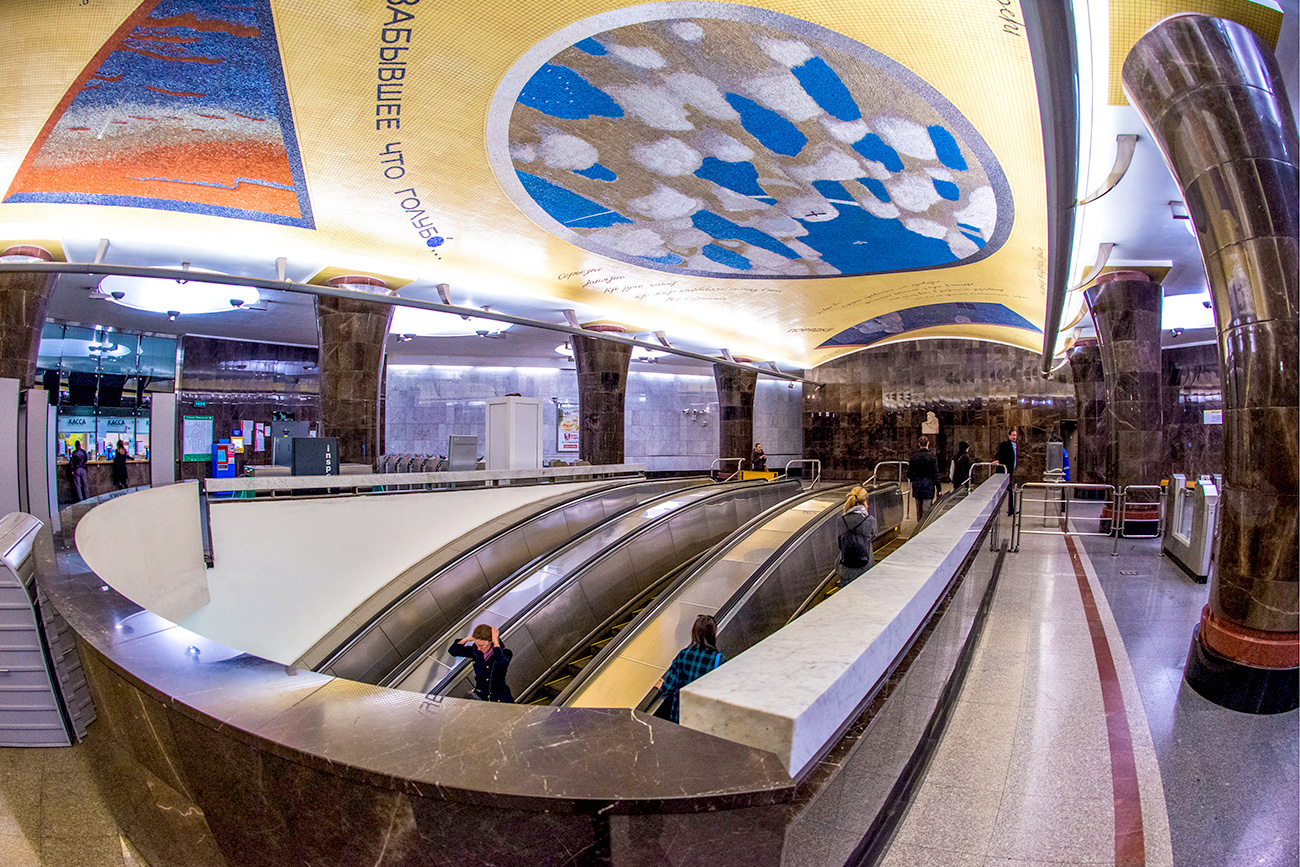 Mayakovskaya / Nikolai Galkin/TASS
Mayakovskaya / Nikolai Galkin/TASS
Many architects and historians regard this as the most beautiful station, not only in the Moscow Metro, but in the world, and it has been described as an Art Deco masterpiece.
 Mosaics at the central hall of the station / Nikolai Galkin/TASS
Mosaics at the central hall of the station / Nikolai Galkin/TASS
The station, which opened in 1938, was designed by the celebrated Soviet architect Alexey Dushkin and all of the most modern techniques from the time were used. Instead of heavy pillars, there are high, slender columns, made of aircraft steel that create the feeling of a large hall. To accompany these, there are numerous mosaics, based on the sketches of the artist Alexander Deineka that sparkle in the bright illumination of the spotlights.
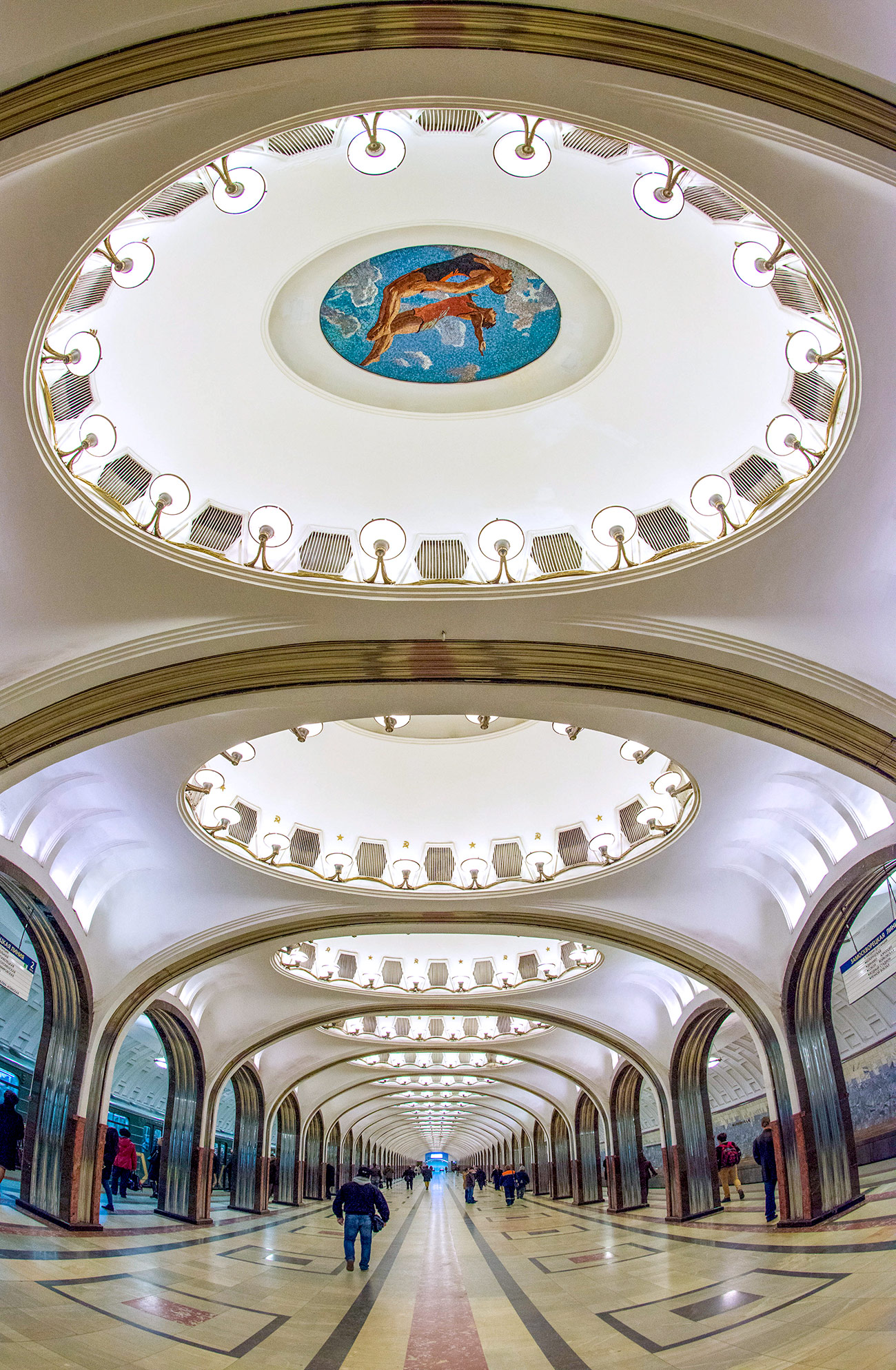 Mayakovskaya metro station / Nikolai Galkin/TASS
Mayakovskaya metro station / Nikolai Galkin/TASS
There are currently 34 mosaics on the domed ceiling of the station hall. Their theme is "24 Hours in the Land of the Soviets" and they depict popular Soviet imagery with titles like Two Airplanes, Grain Harvesting, Airship over the Spassky Tower and more. The design of the station was highly lauded at the time, and at the 1939 New York World's Fair the Mayakovskaya Station project was awarded the grand prize.
Novokuznetskaya
 Passengers at Novokuznetskaya metro station / Nikolai Galkin/TASS
Passengers at Novokuznetskaya metro station / Nikolai Galkin/TASS
This station was one of the most luxuriously decorated of those built during the Second World War. Enormous marble benches, with Renaissance-style sculpted armrests, line the platforms here. Above them, there are bronze decorative medallions with pictures of flags, shields, and guns, as well as portraits of great Russian military commanders from Alexander Nevsky to Alexander Suvorov and Mikhail Kutuzov.
 Portrait of Russian Duke Alexander Nevsky at Novokuznetskaya metro station / Konstantin Kokoshkin/Global Look Press
Portrait of Russian Duke Alexander Nevsky at Novokuznetskaya metro station / Konstantin Kokoshkin/Global Look Press
The ceiling In the middle of the hall is decorated with giant brass chandeliers and six mosaics with motifs depicting daily life in the USSR. They were made during the Siege of Leningrad and designed by Alexander Deineka. The principal color of these mosaics is dark blue, and they were intended to imitate the sky, despite being deep in these subterranean interiors.
 Novokuznetskaya / Nikolai Galkin/TASS
Novokuznetskaya / Nikolai Galkin/TASS
After the war, a sculpted plaster frieze was added to the already-lavish decor, showing military and patriotic subject matter, interspersed with military decorations.
Teatralnaya
 Teatralnaya metro station / Vostock-Photo
Teatralnaya metro station / Vostock-Photo
Along with Mayakovskaya, this station represents the pride of Moscow's "underground museum." Its exits lead to the Bolshoi and Maly Theaters, Red Square and the Kremlin, so the richness of the ornamentation was designed to impress both Russians and foreigners alike. It was designed by the renowned Russian architect Ivan Fomin, who referred to the ticket hall as the "anteroom." It was to be his last work.
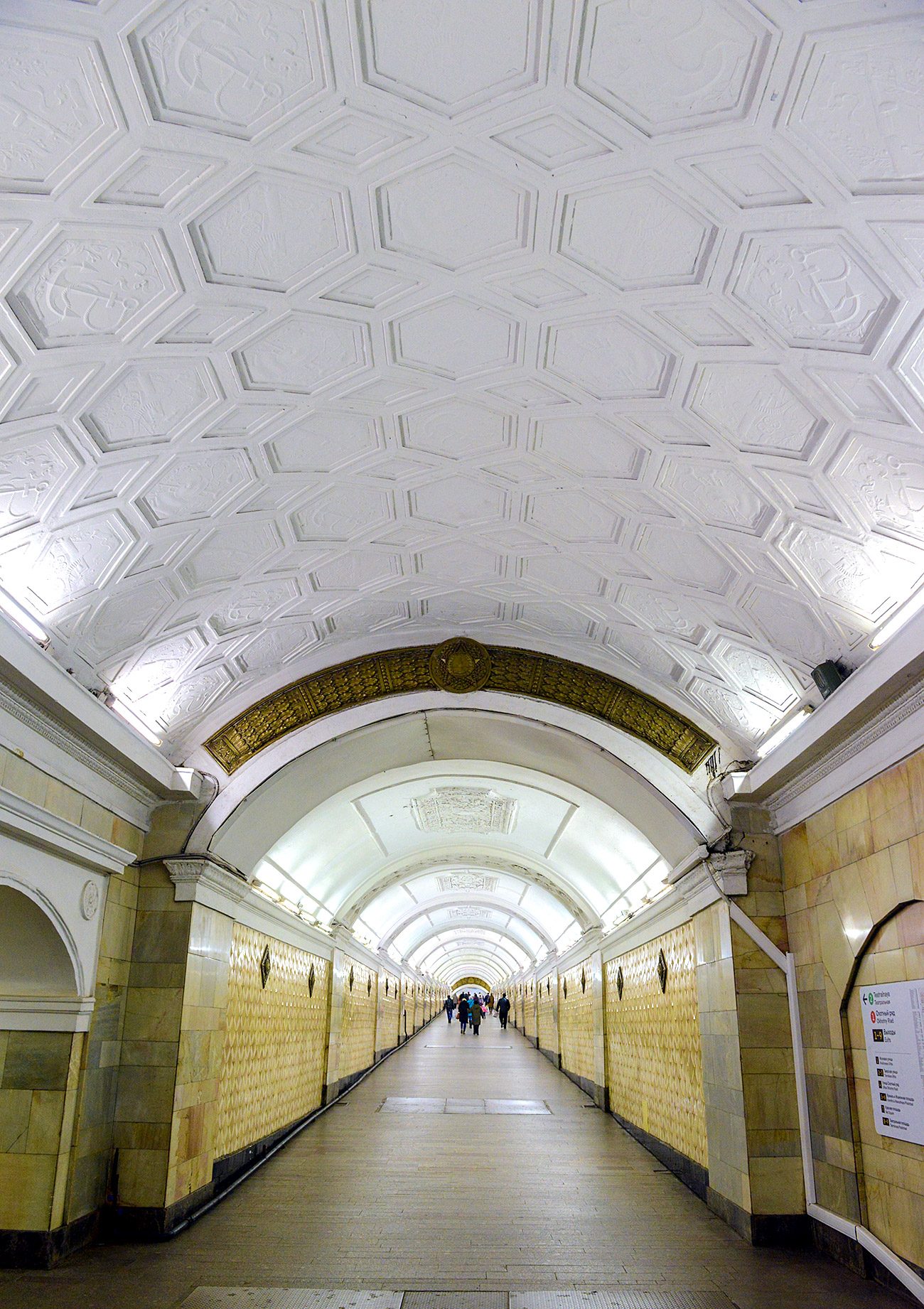 An underground walk between Teatralnaya Station and Ploshchad Revolyutsii Station. / Nikolai Galkin/TASS
An underground walk between Teatralnaya Station and Ploshchad Revolyutsii Station. / Nikolai Galkin/TASS
The pillars and central vault, with their diamond-shaped coffered ceilings, are lined with marble, and the floor has a checkerboard design of black and yellow granite.
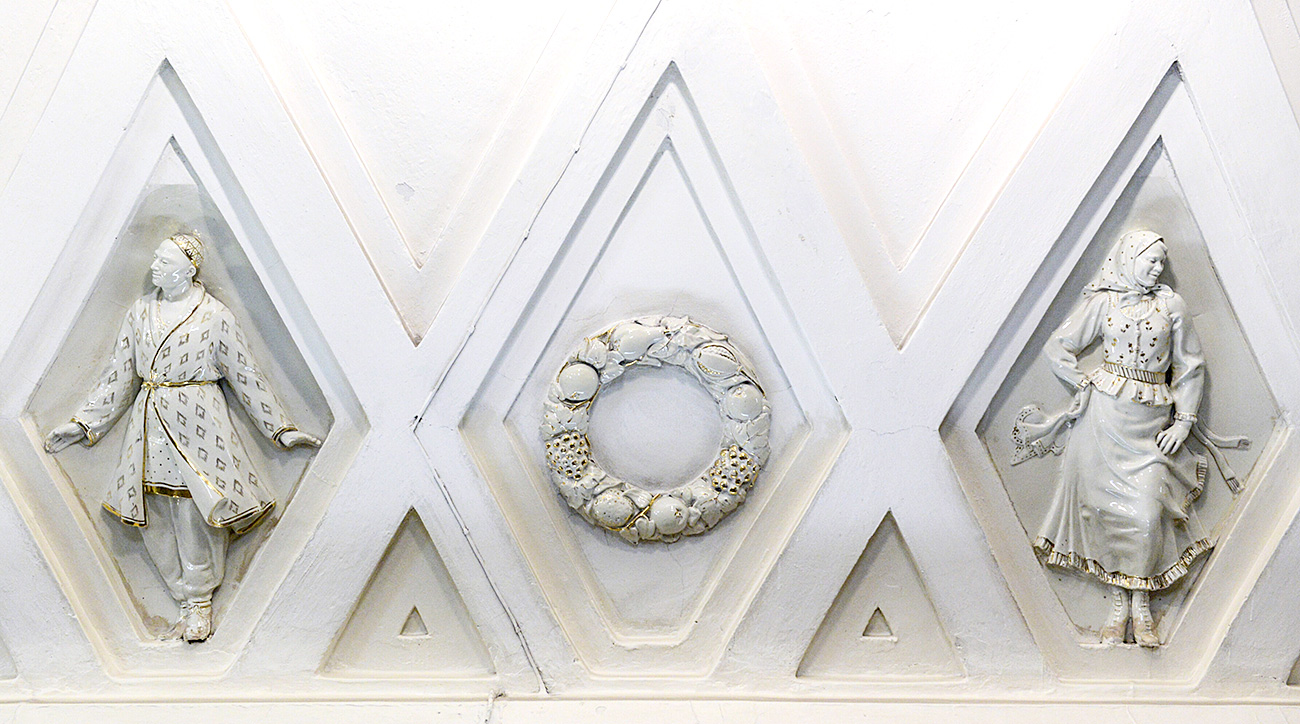 Porcelain sculptures at Teatralnaya metro station / Nikolai Galkin/TASS
Porcelain sculptures at Teatralnaya metro station / Nikolai Galkin/TASS
The space is decorated with giant porcelain reliefs that depict the dances and music of the peoples of the USSR. These dancing figures and musicians, wearing traditional costumes, represent just seven of the Soviet republics - Georgia, Armenia, Kazakhstan, Uzbekistan, Ukraine, Belarus and Russia.
Don’t miss these 5 stations on the Moscow Metro’s Circle Line
If using any of Russia Beyond's content, partly or in full, always provide an active hyperlink to the original material.
Subscribe
to our newsletter!
Get the week's best stories straight to your inbox